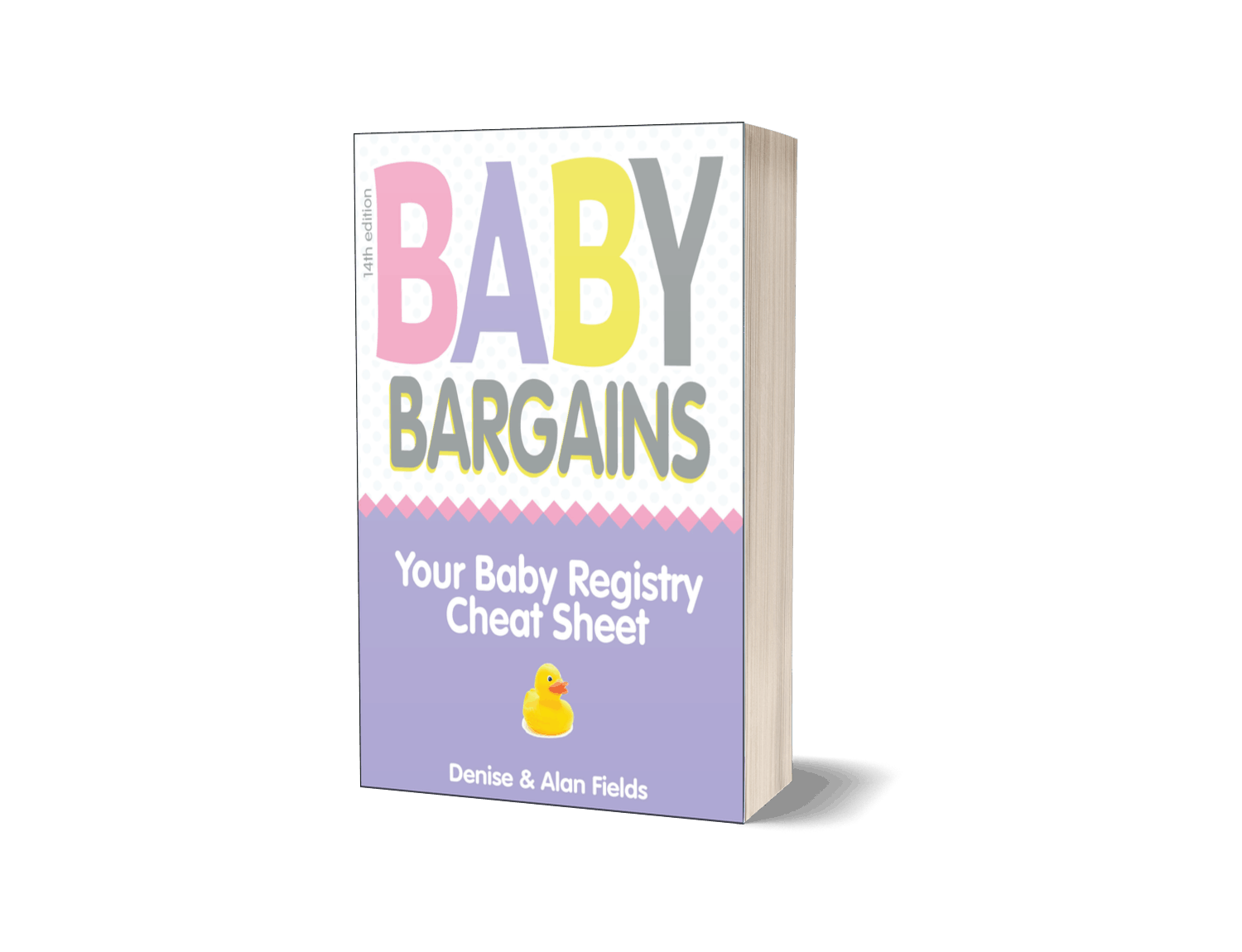That’s been the headline in the national news
lately, as the media covers a new report saying kids are too big for their car
seats. All we can say is “Doh!”
As
readers of our books know, we’ve been talking about this issue for years.
Specifically, we have discussed how most kids are outgrowing their infant car
seats too quickly—those 20 or 22 lb limits are too
small.
But we are scratching our
collective heads at some of the news coverage on this. The media seems to be
putting the blame for this situation on the obesity epidemic among kids,
implying the fat ones (of which the report in the journal Pediatrics notes there
are 280,000) are outgrowing their seats too soon. Specifically, the report cites
3 year olds who are too big for convertible seats that have a 40 pound
limit.
The reporting seems to be
saying:
1. Kids are fat. Kids don’t fit
in seats.
2. Car seat makers don’t care about
this. And the only seats that fit big kids are expensive (read: Britax)
seats).
No surprise, but the reporting on
this is missing the mark. Consider the
facts:
? Much of the INFANTS who
are outgrowing their infant car seats are breastfed. Yes, we do have an
“epidemic” of larger babies due to breastfeeding . . . but that’s a good thing.
And car seat makers are responding (albeit slowlly) to this: witness the new
Graco SafeSeat infant seat with a 30 pounds
limit.
? Car seat makers are
shackled by federal regulations and safety standards that are often outdated.
Yes, there are some seat makers (Britax) that have specialized in making
five-point restraints that go above 40 pounds . . . but the lack of other seats
on the market in this category probably has to do with burdensome federal
regulations in the testing of seats, more than a lack of will among car seat
makers. It is nice to blame the evil car seat makers for this situation, but
that’s not entirely fair here.
?
Three year olds that have out grown their 40 lb convertible seats should
probably move to a harnessed seat that works to 65 lbs—like the Marathon. Yes,
many boosters are designed to work at 30 lbs, but as safety techs have pointed
out to us, it is still safest to leave them in a harnessed seat until their body
grows a bit more. When is a child mature enough to sit in a belt-positioning
booster? Well, that depends—some can do it at age 3, while age 4, 5 or 6 might
be right for others. And napping in in the car is another problem, as
belt-positioning boosters don’t provide the sleeping support that a harnessed
seat does.
So, that’s our take on all the
hoopla surrounding this new study. The best course for a parent is to get a car
seat that fits BOTH your vehicle and child. And yes, if your child is at the top
of his/her growth charts, go for a convertible that works up to 65 pounds
(Britax Marathon, etc). One tip: LOOK for convertible seats that have HIGH top
harness slots. Sites like carseatdata.org have measurements pages. Go for a seat
that your child won’t quickly outgrow in height before
weight.
UPDATE: We updated/corrected this
blog entry a bit to respond to some good points made by safety techs to us via
email! You are right; we were wrong! Thanks for letting us
know.

 We obsess over gear for families . . . so you don't have to. Baby Bargains has one mission: help you find the best gear for your family and home with unbiased reviews by experts with 20 years of experience. At prices that don't break the bank. When you purchase a product from links on this site, we make a small affiliate commission. Learn more
We obsess over gear for families . . . so you don't have to. Baby Bargains has one mission: help you find the best gear for your family and home with unbiased reviews by experts with 20 years of experience. At prices that don't break the bank. When you purchase a product from links on this site, we make a small affiliate commission. Learn more 
